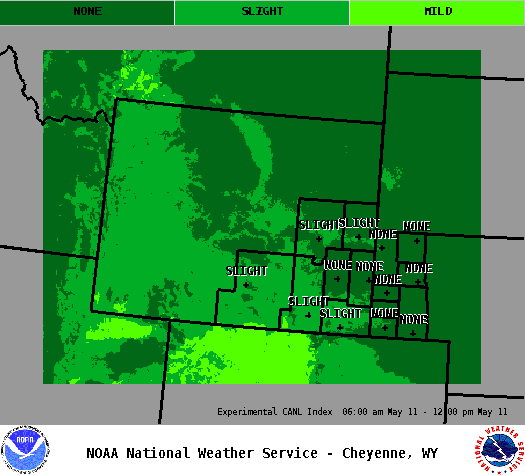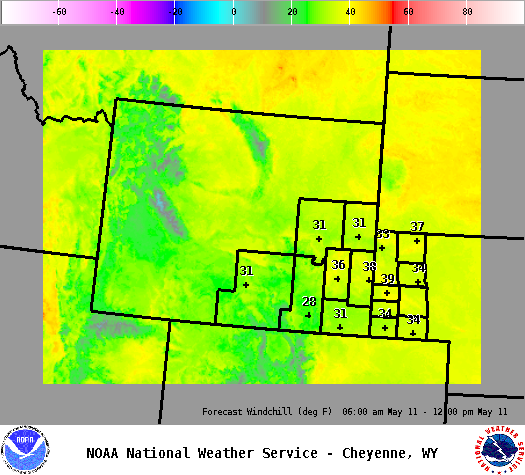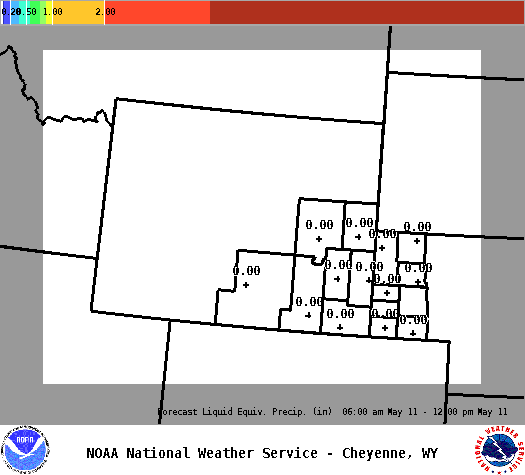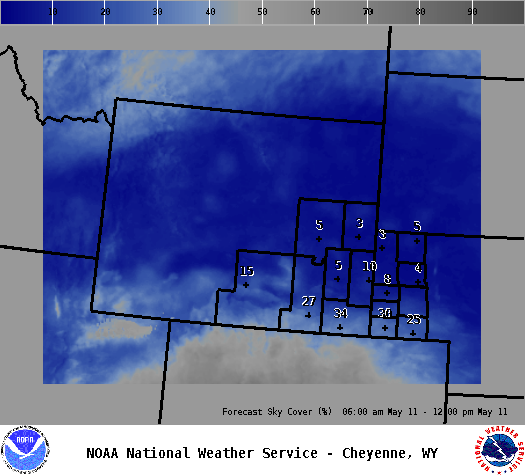Background
The Cold Weather Advisory for Newborn Livestock (CANL) system was created by the National Weather Service Forecast Office at Glasgow, Montana, Dr. Larry Kalkstein at the University of Miami and Dr. Katrina Frank at the University of Delaware. Dr. Kalkstein is one of the leading researchers on weather effects on humans (biometeorology), and Dr. Frank has a background in animal sciences and climatology (bioclimatologist). The system is designed to indicate weather conditions dangerous to newborn livestock. The criteria for this system were derived from interviews with Montana ranchers and from published scientific research on animal health.
We are targeting those livestock that are less than 24-hours old because these animals are least able to regulate their body temperature and therefore most susceptible to the cold. Also, after several hours, producers may have had a chance to get to the animals, dry them off, and provide shelter as needed.
Forecasts:
 |
 |
 |
 |
| 6 HOUR FORECAST | 12 HOUR FORECAST | 18 HOUR FORECAST | 24 HOUR FORECAST | 30 HOUR FORECAST | 36 HOUR FORECAST Move mouse over time periods above to view different images.(Images may take a few seconds to load) |
Criteria:
Based on our research and feedback from the ranching community, the following were identified as hazardous weather elements that increased risk of problems or death to exposed newborns:
The criteria used to generate the forecasts from the tab above is seen below: